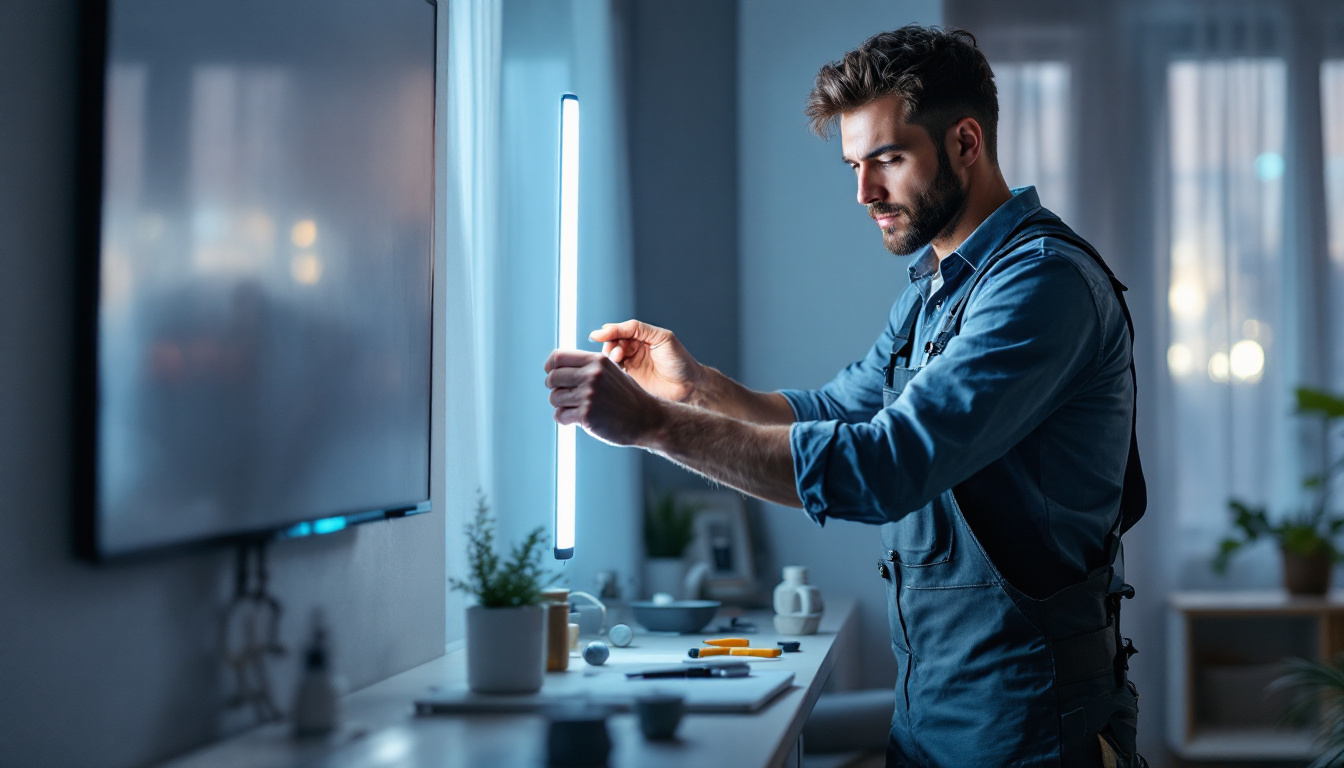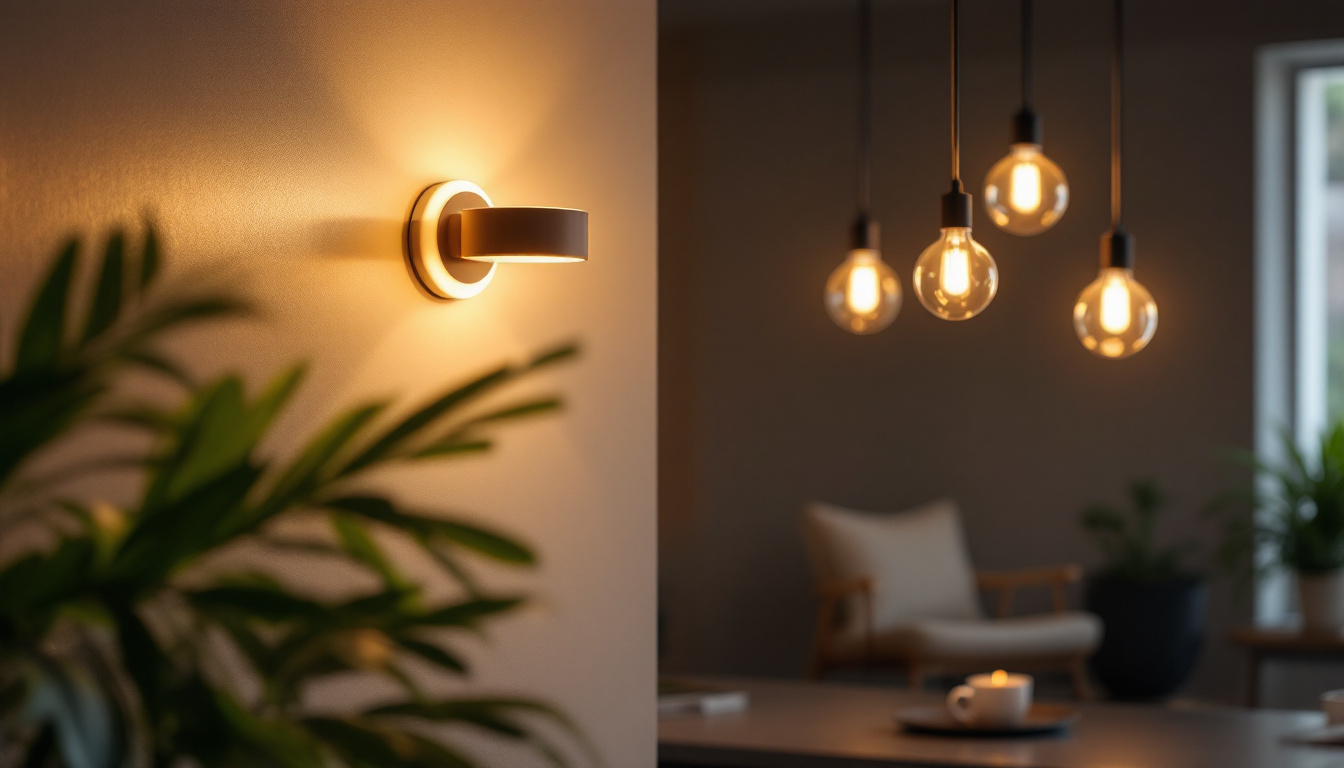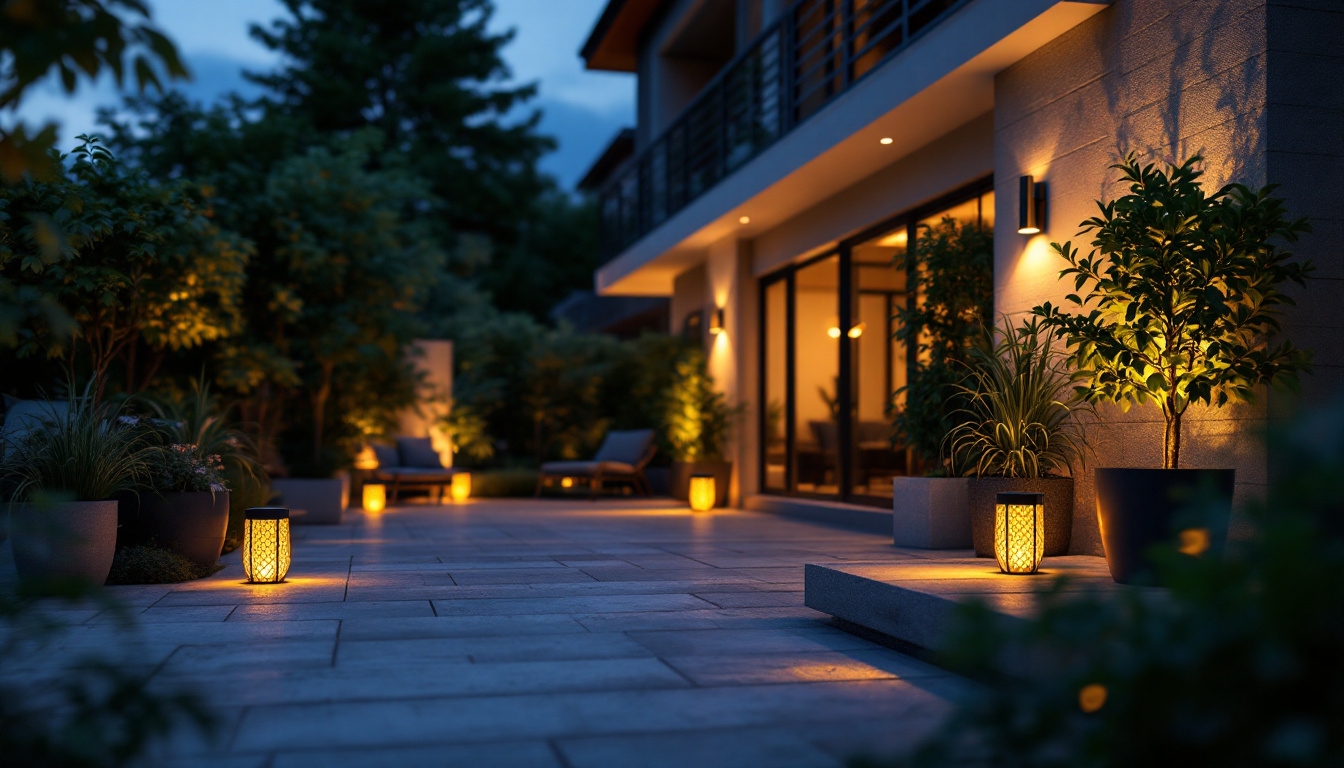
In the ever-evolving world of lighting design and installation, having a comprehensive checklist is essential for lighting contractors. The Armacost Arena checklist is designed to ensure that every aspect of a lighting project is meticulously planned and executed. This guide will serve as a valuable resource, helping contractors navigate through the complexities of lighting projects, from initial planning to final installation.
Before diving into any lighting project, it is crucial to fully understand the specific requirements of the project. This involves engaging with clients to determine their needs, preferences, and any constraints that may affect the design.
The first step in understanding project requirements is conducting a thorough client consultation. This meeting should cover various aspects, including the purpose of the lighting, desired ambiance, and any specific features the client wishes to highlight. Additionally, discussing budget constraints and timelines is vital to align expectations and avoid surprises later in the project. During this consultation, it can also be beneficial to explore the client’s previous experiences with lighting, as this can provide insights into their preferences and aversions, allowing for a more tailored approach.
A comprehensive site assessment is another critical component. This involves evaluating the physical space where the lighting will be installed. Factors such as room dimensions, existing electrical infrastructure, and natural light sources should be carefully considered. A well-conducted site assessment will provide valuable insights that inform the lighting design and installation process. Furthermore, assessing the architectural features of the space can reveal opportunities for creative lighting solutions that enhance the overall aesthetic. For instance, highlighting unique textures or structural elements with strategically placed fixtures can transform a simple area into a visually captivating environment.
Moreover, understanding the intended use of the space can influence the choice of lighting technology. For example, different settings such as residential, commercial, or hospitality environments may require distinct approaches to lighting design. In a restaurant, for instance, the lighting should not only complement the decor but also create an inviting atmosphere that encourages patrons to linger. This necessitates a thoughtful selection of color temperatures and dimming capabilities to achieve the desired mood, while also considering energy efficiency and sustainability in the choice of lighting solutions.
Once the project requirements are understood, the next step is to develop a detailed lighting plan. This plan serves as the blueprint for the project and should encompass all elements of the lighting design. It is crucial to ensure that the plan aligns with the overall aesthetic and functional goals of the space, taking into account how lighting can enhance the user experience while also fulfilling practical needs.
Selecting the appropriate fixtures is a fundamental aspect of the lighting design. Contractors should consider the type of lighting needed—ambient, task, or accent—and choose fixtures that align with the project’s goals. Energy efficiency, aesthetics, and functionality are key factors in this selection process. Moreover, contractors should stay updated on the latest advancements in lighting technology to offer clients the best options available. For instance, smart lighting systems can provide not only energy savings but also customizable settings that adapt to different activities throughout the day, making them a popular choice in modern design.
A well-thought-out lighting layout is essential for achieving the desired effect. This layout should indicate the placement of each fixture, the type of lighting used, and how the fixtures will interact with the space. Utilizing design software can help visualize the layout and make necessary adjustments before installation begins. Additionally, considering the dimming capabilities and control systems can enhance the flexibility and functionality of the lighting design. It is also important to take into account the natural light sources in the space, as they can significantly influence the effectiveness of the artificial lighting. By analyzing how sunlight enters the area at different times of the day, designers can create a harmonious balance between natural and artificial light, ensuring that the space feels inviting and well-lit at all times.
Compliance with local codes and safety standards is non-negotiable in any lighting project. Ensuring that all installations adhere to these regulations protects both the contractor and the client.
Each region has its own set of electrical codes and regulations that must be followed. Contractors should familiarize themselves with these codes and ensure that their designs and installations comply with them. This includes understanding requirements for wiring, fixture placement, and energy efficiency standards. Failure to comply can result in costly penalties and safety hazards. Additionally, staying updated on any changes to these codes is crucial, as they can evolve based on new technologies or safety findings. Engaging with local building departments or attending workshops can provide valuable insights and updates, ensuring that contractors remain compliant and informed.
Safety should always be a top priority during installation. Contractors must implement safety protocols to protect themselves and their team. This includes using appropriate personal protective equipment (PPE), ensuring that all tools and equipment are in good working condition, and following safe practices when working with electricity. Regular safety training and awareness can significantly reduce the risk of accidents on the job site. Furthermore, establishing a culture of safety within the team can lead to more proactive measures being taken. Encouraging open communication about safety concerns and conducting routine safety audits can help identify potential hazards before they lead to incidents. By fostering an environment where safety is prioritized, contractors not only protect their workers but also enhance the overall efficiency and reputation of their operations.
The installation phase is where the planning and design come to life. A well-organized installation process can significantly impact the overall success of the project.
Before installation begins, it is essential to prepare the site. This includes clearing the area, ensuring access to necessary tools and materials, and coordinating with other contractors who may be working on the project. A clean and organized site not only improves efficiency but also enhances safety.
During the installation, contractors should follow the lighting plan meticulously. This involves careful placement of fixtures, ensuring proper wiring, and testing each component as it is installed. It is also important to maintain open communication with the client throughout the process, providing updates and addressing any concerns that may arise.
Once the installation is complete, a thorough post-installation evaluation is necessary to ensure that everything meets the client’s expectations and functions as intended.
Testing the lighting system is a critical step in the evaluation process. This involves checking the functionality of each fixture, ensuring that the lighting levels are appropriate, and making any necessary adjustments. Contractors should also verify that the control systems, such as dimmers and smart controls, work seamlessly. This step ensures that the lighting not only looks good but also operates efficiently.
Conducting a client walkthrough is an excellent way to finalize the project. This allows the contractor to demonstrate how the lighting system works, explain any features, and address any final questions or concerns from the client. A successful walkthrough can lead to client satisfaction and potential referrals for future projects.
Providing ongoing maintenance and support is essential for ensuring the longevity and performance of the lighting system. Contractors should establish a plan for regular maintenance checks and be available to address any issues that may arise after installation.
Developing a maintenance schedule helps clients understand the importance of regular upkeep. This schedule should outline when inspections and bulb replacements should occur, as well as any other necessary maintenance tasks. By proactively addressing maintenance, contractors can help clients avoid costly repairs and ensure their lighting systems remain in optimal condition.
In addition to maintenance, offering support services can enhance the client experience. This may include troubleshooting assistance, upgrades to newer technologies, or adjustments to the lighting design as client needs evolve. Providing excellent support can lead to long-term relationships and repeat business.
The lighting industry is continuously evolving, with new technologies and trends emerging regularly. Staying informed about these changes is crucial for lighting contractors to remain competitive and provide the best solutions to their clients.
Investing in continuing education is one way contractors can stay ahead. This may involve attending workshops, webinars, and industry conferences to learn about the latest advancements in lighting technology and design. Additionally, obtaining certifications can enhance credibility and demonstrate expertise in the field.
Building a network of industry professionals can provide valuable insights and opportunities for collaboration. Engaging with other contractors, suppliers, and manufacturers can lead to knowledge sharing and potential partnerships. Networking can also keep contractors informed about emerging trends and best practices in the lighting industry.
The Armacost Arena checklist serves as a comprehensive guide for lighting contractors, covering all aspects of a lighting project from initial consultation to post-installation support. By following this checklist, contractors can ensure that they meet client expectations while adhering to safety standards and industry regulations.
Ultimately, the key to success in the lighting industry lies in meticulous planning, execution, and a commitment to ongoing education and support. By staying informed and adaptable, lighting contractors can thrive in a competitive market and deliver exceptional results for their clients.
Ready to elevate your lighting projects with the highest quality fixtures at the best value? Look no further than LumenWholesale. Our spec-grade lighting products are designed to meet the rigorous demands of any project, ensuring you deliver outstanding results every time. With unbeatable wholesale prices and free shipping on bulk orders, you can trust us to provide the perfect blend of quality, affordability, and convenience. Don’t let inflated markups dim your vision. Choose LumenWholesale for Wholesale Lighting at the Best Value and light up your clients’ spaces with confidence.

Discover how 4000K LED lights can transform your lighting projects and boost your contract wins.

Explore the advantages and drawbacks of using 8-foot LED light strips in your projects.

Explore the transformative impact of 5-6 inch lighting fixtures in contemporary design.

Discover the benefits and considerations of solar exterior lights for lighting contractors.